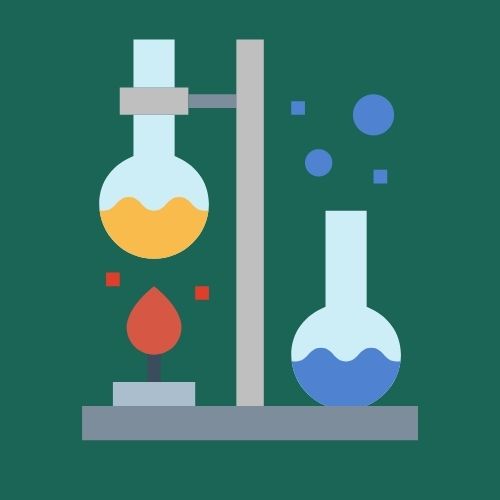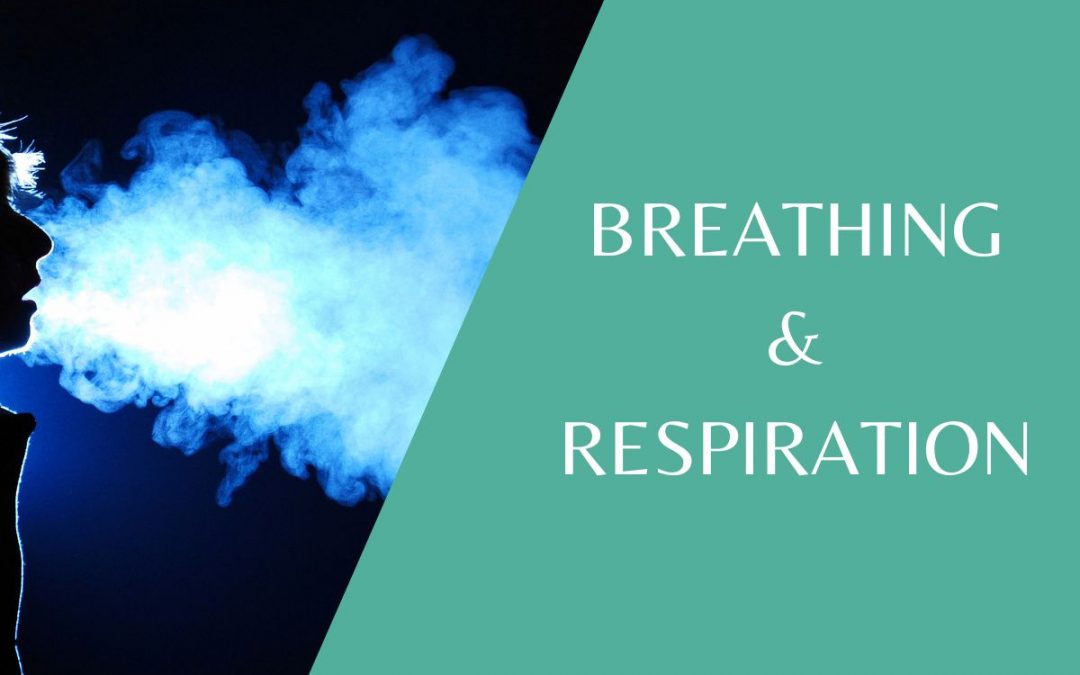Here we look at five questions Science Teachers are regularly asked about Breathing and Respiration.
Do you understand the process of breathing?
Can you explain the function of the Alveoli?
Read on to find out more:
What happens during Breathing?
Breathing involves the contraction and relaxation of muscles. When you inhale, the diaphragm and intercostal muscles contract, increasing the chest cavity’s volume, which reduces air pressure, allowing air to rush into the lungs. When you exhale, these muscles relax, decreasing the chest cavity’s volume, increasing air pressure, and pushing air out of the lungs. Breathing is key in ensuring we have oxygen present and ready for respiration.
What are Alveoli?
The alveoli are tiny air sacs in the lungs where the exchange of oxygen and carbon dioxide occurs. Oxygen from inhaled air diffuses into the bloodstream through the walls of the alveoli, while carbon dioxide from the bloodstream diffuses into the alveoli to be expelled during exhalation.
Why is Respiration important?
Respiration is the process by which organisms exchange gases with their environment, primarily oxygen and carbon dioxide. Oxygen is taken in, and carbon dioxide is released. This process is essential for releasing energy through cellular respiration.
What is our Respiratory system made up of?
The human respiratory system includes the nasal passages, pharynx, larynx, trachea, bronchi, bronchioles, and the alveoli. These components work together to filter, warm and moisten incoming air and facilitate gas exchange in the lungs. You need to make sure you know the role of the Alveoli, Trachea and Bronchi.
What are the two types of Respiration?
Aerobic respiration requires oxygen to produce energy from glucose and oxygen. It is highly efficient releasing large amounts of energy. The end products are carbon dioxide and water, which are expelled as waste products.
Anaerobic respiration occurs in the absence of oxygen or when oxygen supply is limited. It is less efficient than aerobic respiration, yielding a smaller amount of energy per glucose molecule. In animals, anaerobic respiration produces lactic acid, while in certain microorganisms like yeast, it produces ethanol and carbon dioxide.
KEEP UP TO DATE - DON'T MISS OUT!
Our regular newsletters are filled with helpful and interesting information to help you with your Science at school

